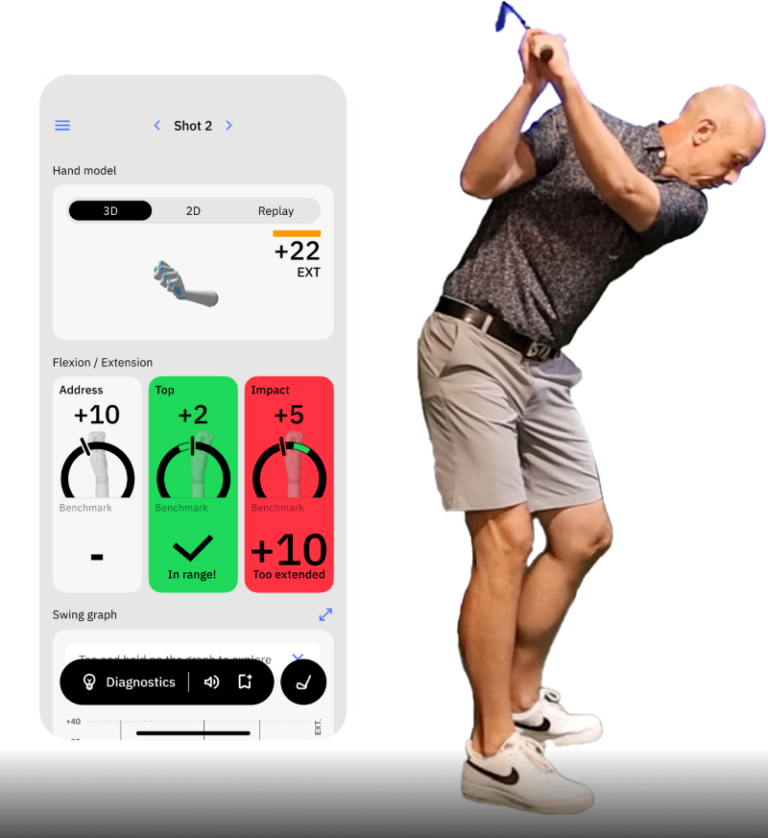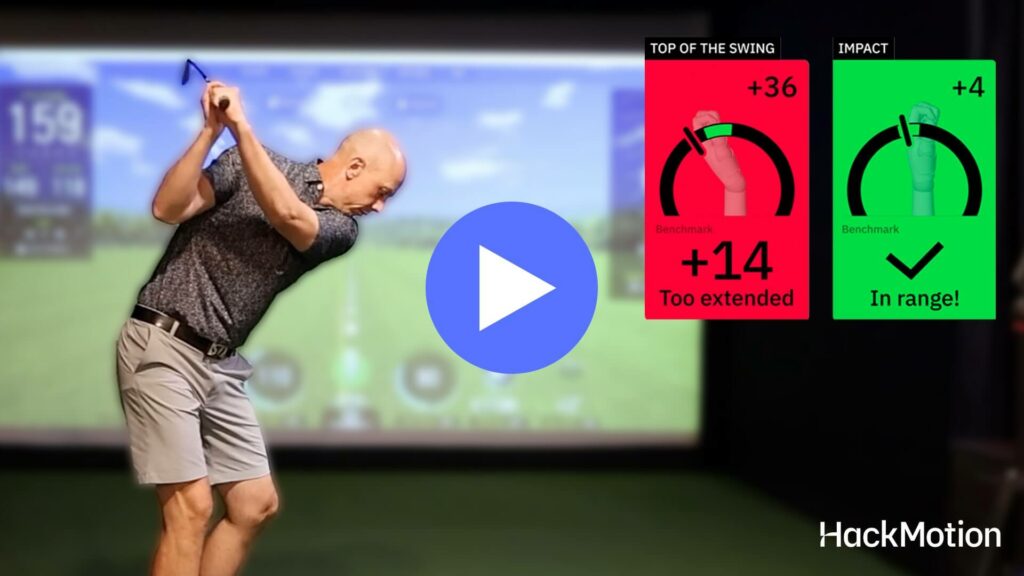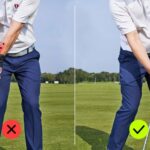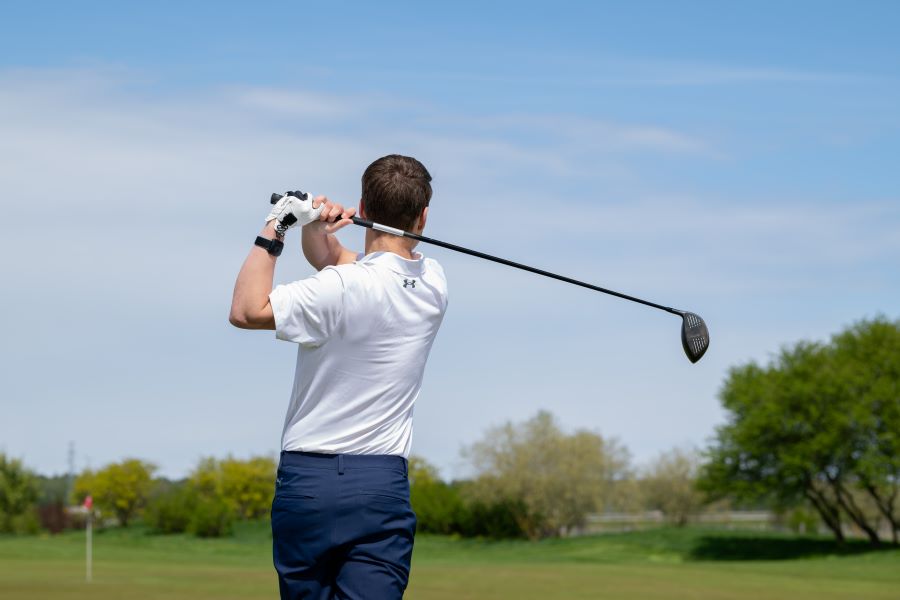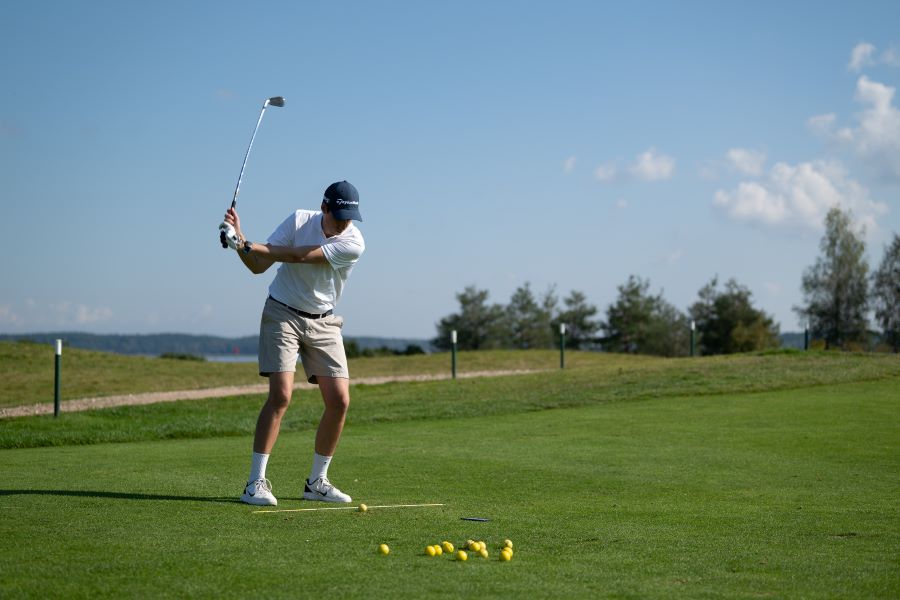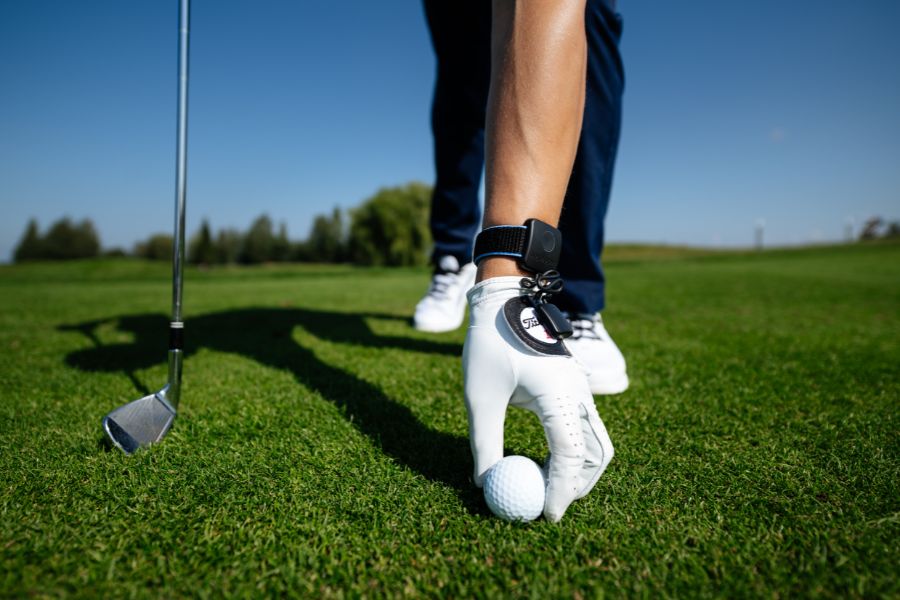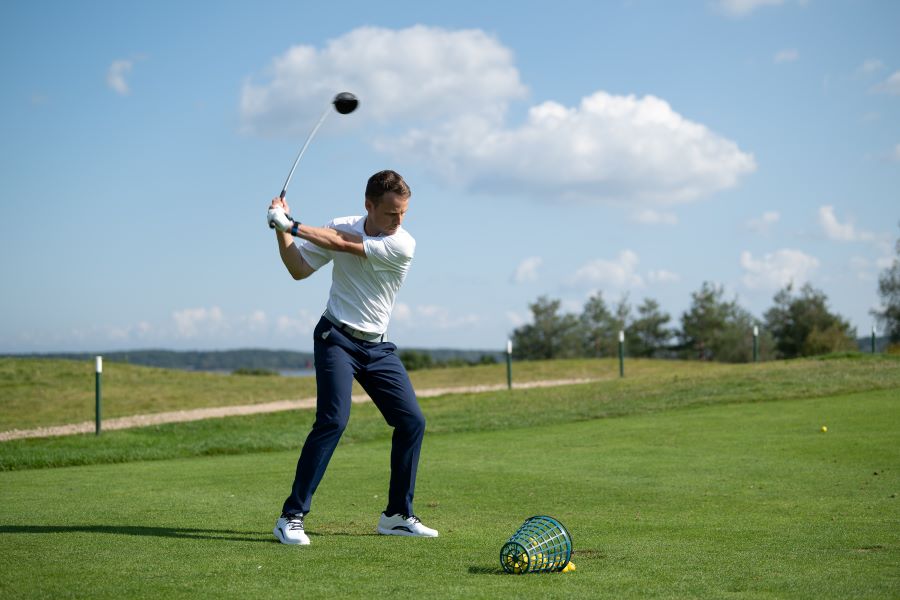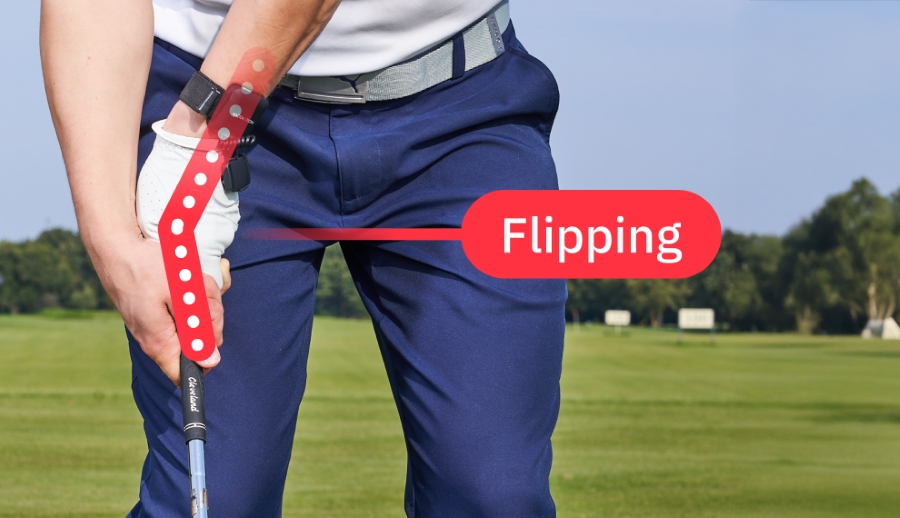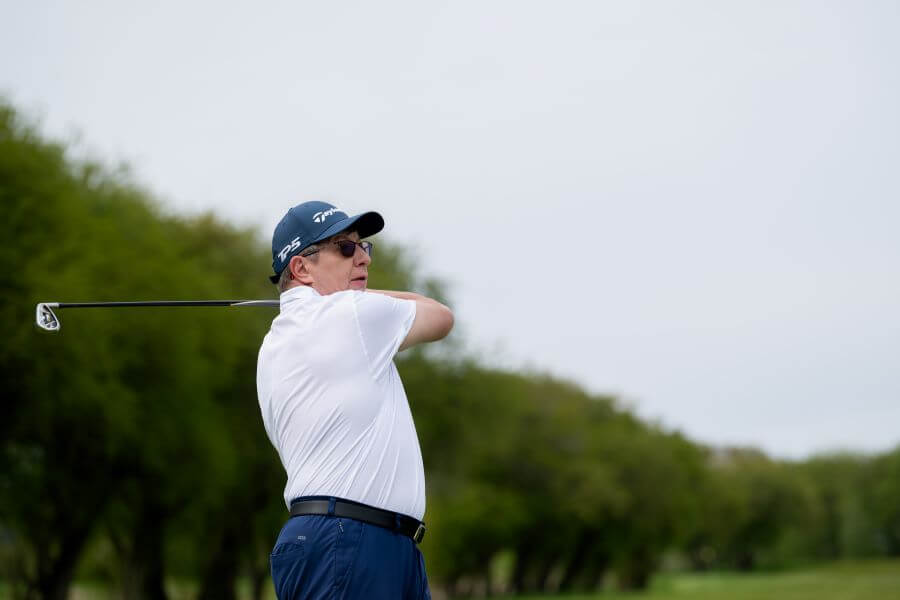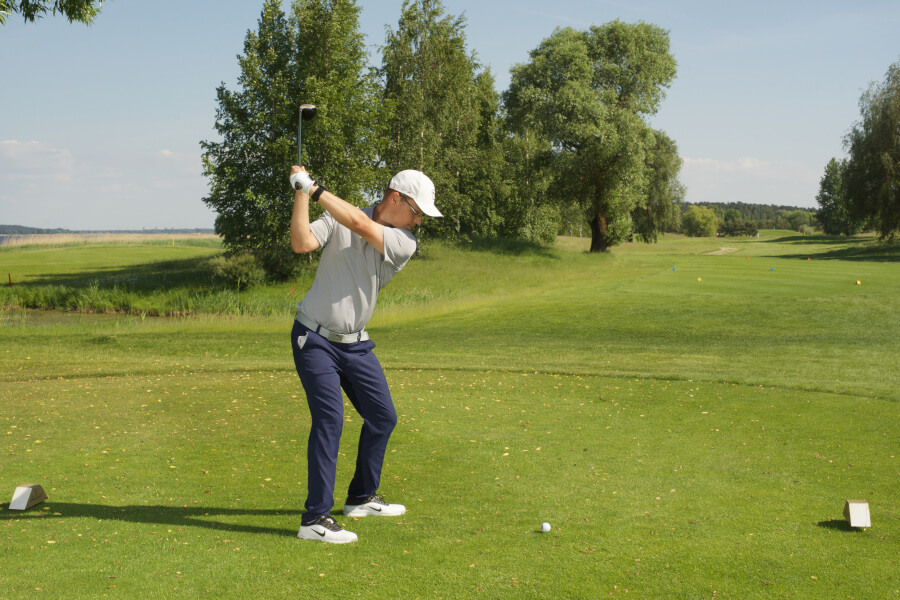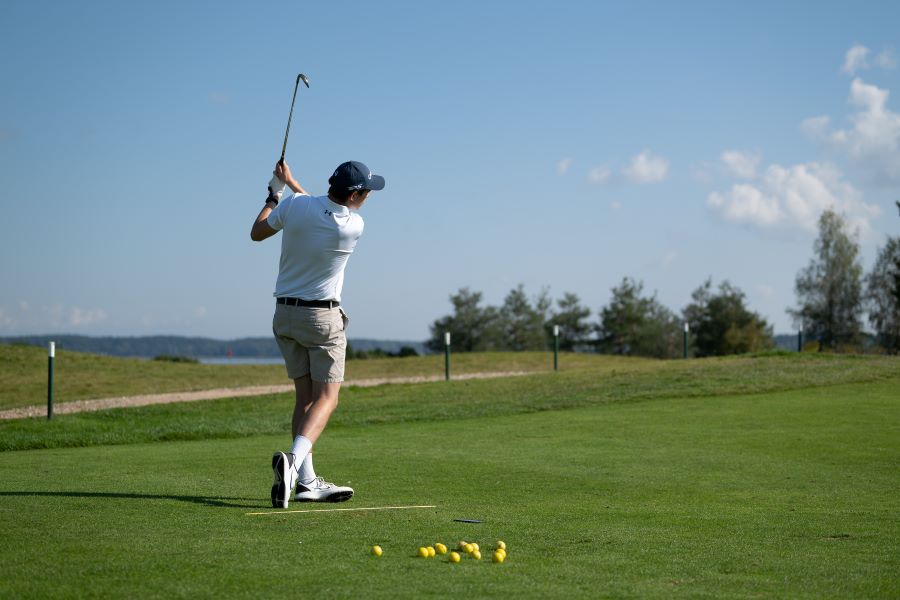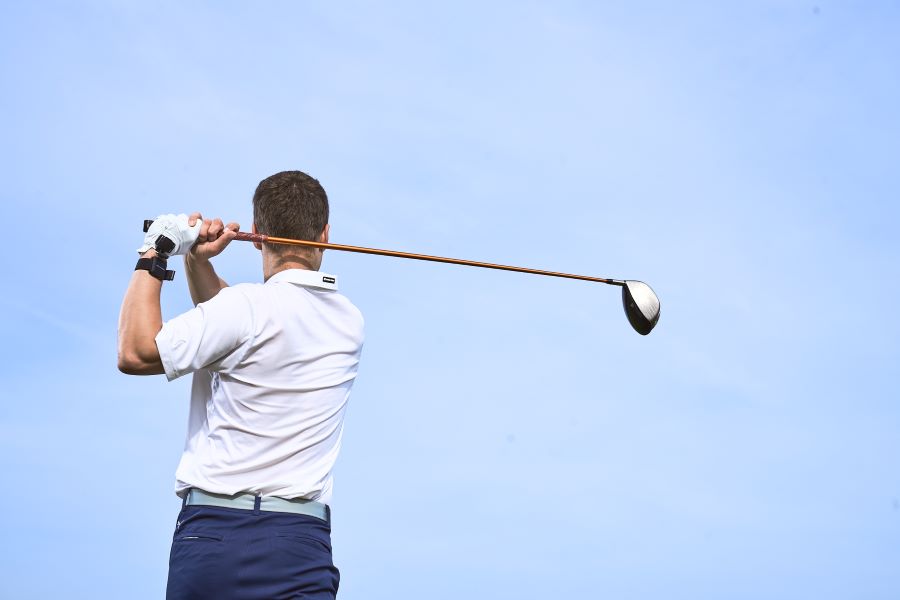Fix a Disconnected Golf Swing: 5 Easy Drills for Consistency
A disconnected golf swing may not be what you struggle with every time you go out to play.
Sometimes you’ll find days when things work together and your ball striking is consistent. The problem is those other days.
The days when your arms move out of sync with your torso, the trail elbow starts to do its own thing, and you end up having to compensate just to make solid contact.
If you’ve had that happen, here are some simple fixes and drills to help you fix a disconnected golf swing.
Key Takeaways
If you want a quick recap on what causes a disconnected golf swing and the quickest way to go about fixing it, we have you covered:
- Disconnection often starts with a trail elbow that flies away from the body due to poor rotation, overactive arms, or flipped wrist angles.
- To stay connected, focus on turning your body through the swing and allowing your arms to follow, rather than leading with your hands.
- Classic drills like the glove-under-armpit drill and smart ball drill can quickly improve your feel for staying connected.
- HackMotion helps identify and correct disconnection by tracking trail wrist angles early extension or flipping is often a clear sign you’re out of sync.
Contents
What Causes a Disconnected Swing?
A disconnected swing usually shows up when the trail elbow (right elbow for right-handers, left elbow for left-handers) separates excessively from the torso.
This forces the arms to dominate the swing instead of working together with the body’s turn. Here are the most frequent causes:
- Lack of Upper Body Rotation – If you don’t rotate your chest and shoulders enough, your arms will tend to lift independently, causing the trail elbow to drift behind you.
- Overactive Arms – Some golfers try to “muscle” the club down from the top with their hands and arms.
- Poor Wrist Angles – If your wrists are overly extended or “flipped” at the top, you may struggle to keep the clubface in a powerful, square position as you transition.
Fixes for a Disconnected Golf Swing
Fixing a disconnected golf swing is usually about feel. It becomes much easier to repeat if you can get the feel of what it takes to stay connected.
These fixes should give you some direction as to what it feels like to stay more connected in your golf swing.
Improve Upper Body Rotation
Your upper body rotation should focus on turning your shoulders around your spine. When you do this, the trail elbow naturally stays in front of your body, setting your arms on the proper plane.
Instead of feeling the lift and drop motion, where your arms need to catch up with the body.
Wearing HackMotion to help you check on your wrist action through impact will often give you some insight into whether your arms and body are moving together or if you are having to make last-second wrist compensations.
Quiet the Arms (Avoid “Over-the-Top” Throw)
The lower body should be what initiates your downswing. If you can shift weight and rotate on the downswing, your arms will fall into place.
When the lower body is not leading the way, it’s common to have the arms move away from the body to increase power.
Think about a slight pause at the top of your backswing and letting your lower body rotate through first. You’ll feel the arms along for the ride instead of trying to lead the way.
Maintain Consistent Wrist Angles in the Trail Wrist
It’s easy to focus on the lead wrist in the golf swing, but sometimes a quick check in on the trail wrist can help you stay more connected.
A common disconnect happens when the wrists flip or “open up” the face. With HackMotion, you can train a consistent wrist bend/extension that promotes a square face and helps the trail elbow remain tucked.
During your backswing, track how extended (bent) your trail wrist is. Maintain a similar extension in transition.
Sudden changes in wrist extension often signal you’re “throwing” the club from the top or lifting your arms off your body.
Drills to Keep Your Swing Connected
Here are some simple, classic drills that promote a more unified arm-and-body motion. Each includes a step-by-step approach and a video for visual reference.
Tee Under The Arms Drill
Probably the most classic connection drill in golf is a simple one in which you put a tee or a golf glove under your trail armpit at address.
When taking swings and focusing on holding those tees or glove in place, you should notice a better connection and a cleaner strike.
- Video Timestamp – 8:44 – 12:00
“Tees Under The Arms” Drill – Step by Step:
- Set the Tee: Tuck a golf tee (or golf glove) under your trail armpit at address.
- Backswing Connection: Make a smooth backswing while keeping the tee in place—if your elbow flies out, you’ll feel it drop.
- Turn Through: Transition by rotating your hips and torso. Maintain light pressure—don’t over-pinch the tee.
- Full Finish: Swing through to a balanced finish. If the tee falls mid-swing, your trail arm likely disconnected.
Rotation Rehearsal Drill
The Rotation Rehearsal Drill is where you focus more on the right arm (for right-handed golfers).
This drill is simple, but it helps teach you how to initiate with the lower body and how to prevent an overactive trail elbow.
“Drop and Turn” Drill – Step by Step:
- Start Without a Ball: Take a normal setup position without a golf ball.
- Pause at the Top: Make a smooth backswing and hold your position at the top.
- Initiate the Downswing: Rotate your hips and shift pressure into your lead foot to start the downswing.
- Let the Arms Fall: Allow your arms to drop naturally—avoid pulling them down aggressively.
- Slow Motion Reps: Repeat several times in slow motion. Then hit balls at half-speed to transfer the feel.
HackMotion Casting Drill
Being disconnected in the golf swing can sometimes happen as a result of casting the golf club.
Many golfers believe that tossing the club from the top adds power, but it weakens the contact and can throw off your sequence and the low point in your swing.
Fix Your Casting with HackMotion
Train to fix casting by generating power with your core and lower body.
HackMotion Casting Drill – Step by Step:
- Slow Rehearsals: Begin with a normal backswing. Shift weight to your lead side and rotate your hips. Don’t yank down with your arms.
- Maintain Trail Wrist Bend: Use HackMotion or feel to keep your trail wrist extended (bent) through the transition. Avoid “throwing” the club early.
- Let Arms Fall: Allow your arms to drop naturally. The club should lag behind, storing energy.
- Build Speed Gradually: Start with a slow tempo and increase speed while watching HackMotion data.
HackMotion Tip: If your trail wrist extension graph flattens too early, you’re casting. Focus on keeping that extension longer through transition.
“Connect and Swing” Practice with a Smart Ball
For this drill, you’ll need a Smart Ball or similar aid to put between your forearms at address.
This helps to reinforce the feeling of arms working with the body turn, not independently.
- Video Timestamp – 2:00 – 4:38
“Connect and Swing” Practice – Step by Step:
- Set Up with Smart Ball: Place an inflatable “smart ball” or similar aid between your forearms at address.
- Half Swings First: Make small half-swings while keeping the ball in place. Maintain gentle pressure between your forearms.
- Add Length Slowly: Gradually extend your swing while feeling your upper body and arms rotate together as one unit.
- Stay Connected: If the ball slips out, your arms are separating from your body. Maintain connection for better consistency.
Final Thoughts
A truly connected swing balances proper rotation, synchronized arms, and stable wrist angles.
If your wrists break down or your trail elbow flares out, you’ll lose the tight linkage that produces both power and consistency.
With HackMotion, you can instantly see if your trail wrist is unloading too soon or flipping at impact. This data helps you pinpoint exactly when and where disconnection starts.
